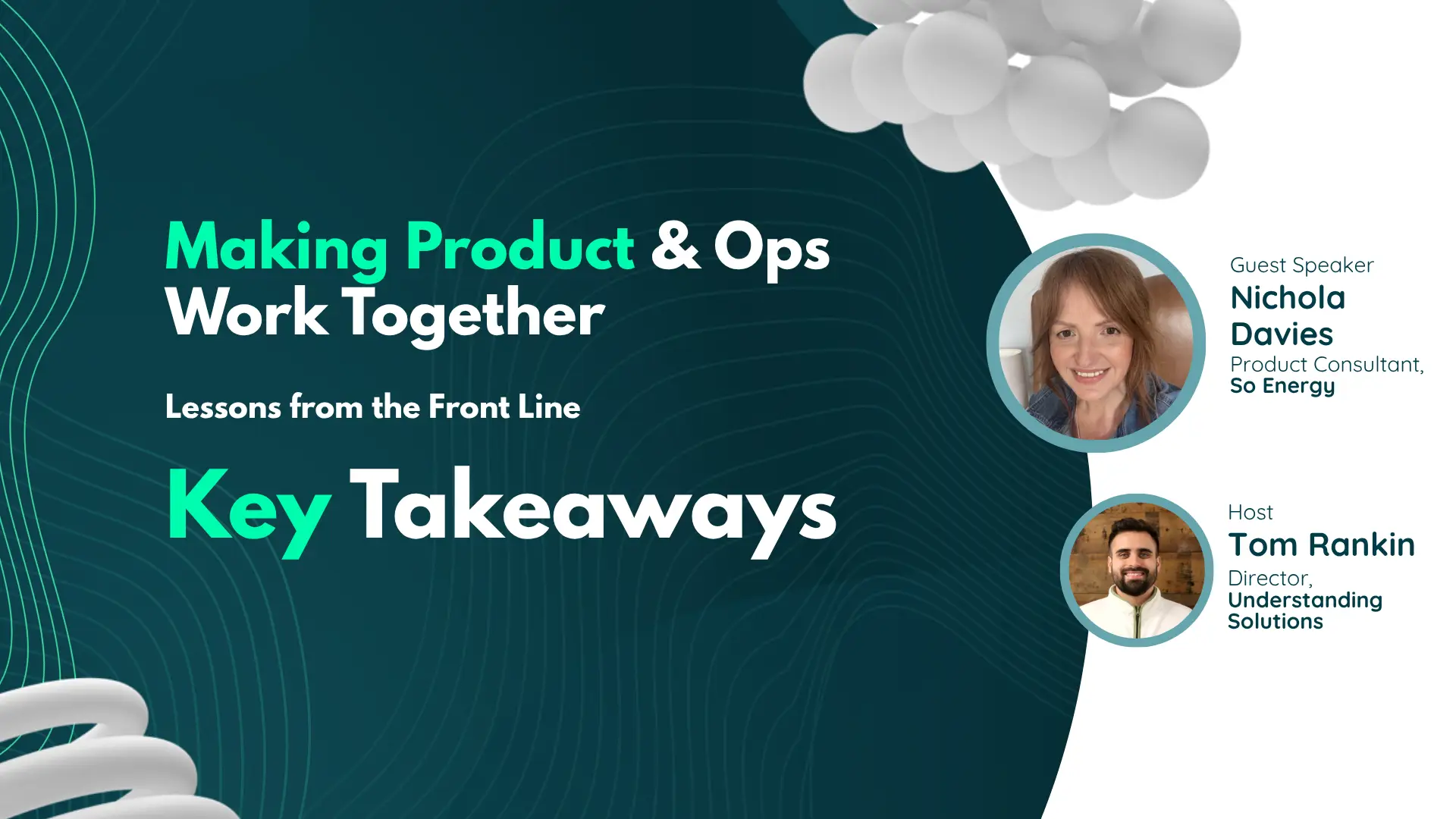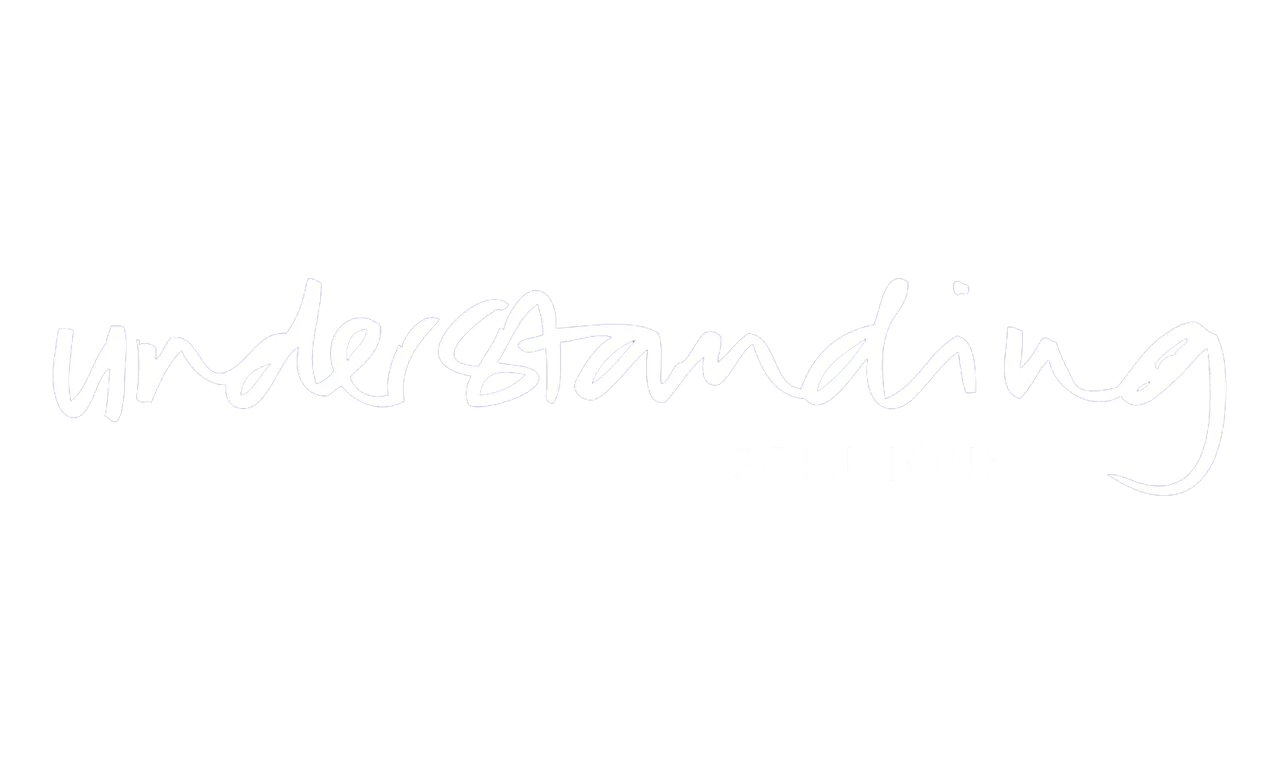Insights From Our Latest Webinar: Making Product & Ops Work Together
01 Aug, 20255 mins
When product and ops alignment is strong, businesses can scale faster, deliver better customer experiences, and reduce internal friction. But when they’re not? Miscommunication, rework, and missed opportunities pile up.
In a recent live webinar, I spoke with Nichola Davies, Product Consultant at So Energy, to explore what causes misalignment and how to fix it.
In this blog, I'll share the key takeaways to help you close the distance between strategy and execution, and build stronger partnerships between product and operations.
Why Product and Ops Often Misalign
Despite having shared goals of delivering value and serving customers, cross-functional collaboration between product and ops teams often falls short. Here’s why:
Different Focus Areas: Product looks ahead towards features, innovation, and value. Ops focuses on the now, handling volume, escalations, and service delivery.
Lack of Early Involvement: Ops teams are often brought in late, meaning decisions are made without real-world context, leading to unclear handovers that slow progress.
Stereotypes Cause Friction: Product teams are sometimes seen as “dreamers,” while ops as “blockers.” Without deliberate collaboration, these labels create tension, and only widen the gap between them.
These factors set the stage for friction, especially when launching, landing, and scaling with quality.
The Cost of Poor Collaboration
Misalignment between product and ops costs more than you might realise. It drains time, damages customer experience, and weakens internal trust. Here’s what can happen:
Broken Journeys: When ops isn’t brought in early, even the best product designs can create customer confusion and unnecessary contact spikes.
Manual Workarounds and Rework: Nichola shared how ops staff had to manually copy data from a new billing platform into spreadsheets, simply because the system didn’t reflect their workflow. This is a clear example of how misalignment leads to inefficient, expensive workarounds.
Products That Drive Contact Volume: A feature might hit adoption targets, but if it increases customer confusion or complaints, it’s a false win.
No One Owns the Journey End-to-End: Shared goals without shared ownership leads to customers being overlooked. Product builds, ops patches, but no one takes charge of the entire journey, and it shows.
What Good Alignment Looks Like
Successful scaling of product delivery depends on product and ops solving problems together and sharing ownership of the customer journey. That looks like:
Ops in From the Start: The best outcomes happen when ops is part of discovery, not just brought in to test a near-final product.
Co-Designed Solutions: When both teams shape the solution, it reflects accurate workflows and avoids friction.
Shared Wins: When ops are co-designers, launches reduce customer contact and feel like a shared success.
“Bringing frontline agents in from day one gave us invaluable insights into customer frustrations: things data alone just can’t reveal.”
— Nichola Davies, Product Consultant at So Energy
Practical Tips You Can Do Now
Start small and build together. Collaboration doesn’t need to be complex, just consistent. Here’s how you can start:
Join the Room: Invite ops to discovery sessions, user interviews, or backlog grooming.
Build Empathy: Have product sit in ops meetings, listen to customer calls, and learn pain points firsthand.
Turn It Into a Habit: Establish regular joint reviews, shared dashboards, and co-authored metrics to build trust over time.
Shared outcomes lead to shared accountability. To keep efforts connected:
Define Joint KPIs: Prevent conflicting priorities by aligning product’s adoption targets with ops’ Average Handling Time (AHT) metrics early on.
Bake in Ops Impact: Add operational readiness and efficiency as release criteria, not an afterthought.
Set Health Metrics: Track indicators like “no contact in 3 months” to reflect true customer value.
Technology can support collaboration, but it can’t replace real conversations. So:
Don’t Rely on Tech Alone: Nichola cautions against relying on Jira comments instead of actual conversations.
Keep It Collaborative: Whether it’s Excel or Jira, or Productboard, use tools everyone can access and understand.
Fit the Culture: Choose tools everyone can navigate easily, not just what one team prefers.
Leadership's Role in Setting the Stage for Alignment
Leaders play a critical role because how they view product and ops cascades throughout the organisation. Here’s how leadership can make a difference:
Include Ops Leaders at Kickoff: Including ops leaders from project kickoffs sends a strong message about shared ownership.
Nichola highlighted how great leaders approach this:
“My favourite leaders are the ones who make sure every product kickoff includes an Ops sponsor.”
Demand Accountability: Leaders must redirect complaints into action to drive progress, for example, by asking, “What have you done to improve this relationship?”
Small wins build trust and shift mindsets. This is how you can turn resistance into advocacy:
Show Impact: Nichola shared how a resistant leader demanding 700+ feature requirements became an advocate after seeing a quick MVP tested with customers.
Build Through Action: Results, not promises or theory, convert skeptics into collaborators.
Sustained alignment comes from intentional habits and a safe culture:
Ops-Product Retros: Regular Ops-Product retros focused on “how we work together” have proven invaluable, with some lasting years.
Psychological Safety is Key: People must feel safe to challenge ideas and raise concerns without fear.
Radical Candour: Honest feedback in the moment, grounded in mutual care, helps teams grow. Nichola used a relatable analogy to explain:
“Radical candour is like the tough love of a parent. Harsh at times, but always coming from care and the desire to see people succeed.”
Finally, collaboration isn’t just about inviting ops. Try to:
Design with Them: Ask ops what sprint review or planning formats work best for them.
Simulate Real-World Failures: One team ran service simulations before launch to find issues proactively.
Final Thoughts
Aligning product and ops isn’t always easy, but the payoff is worth the effort.
It starts with shared understanding, deliberate actions, and leadership that champions partnership. With the right mindset and practical steps, you can turn friction into flow and build lasting alignment.
Want to explore how your teams can align better? Get in touch with Understanding Solutions for a chat about where to start: https://www.understandingsolutions.com/contact-us/




